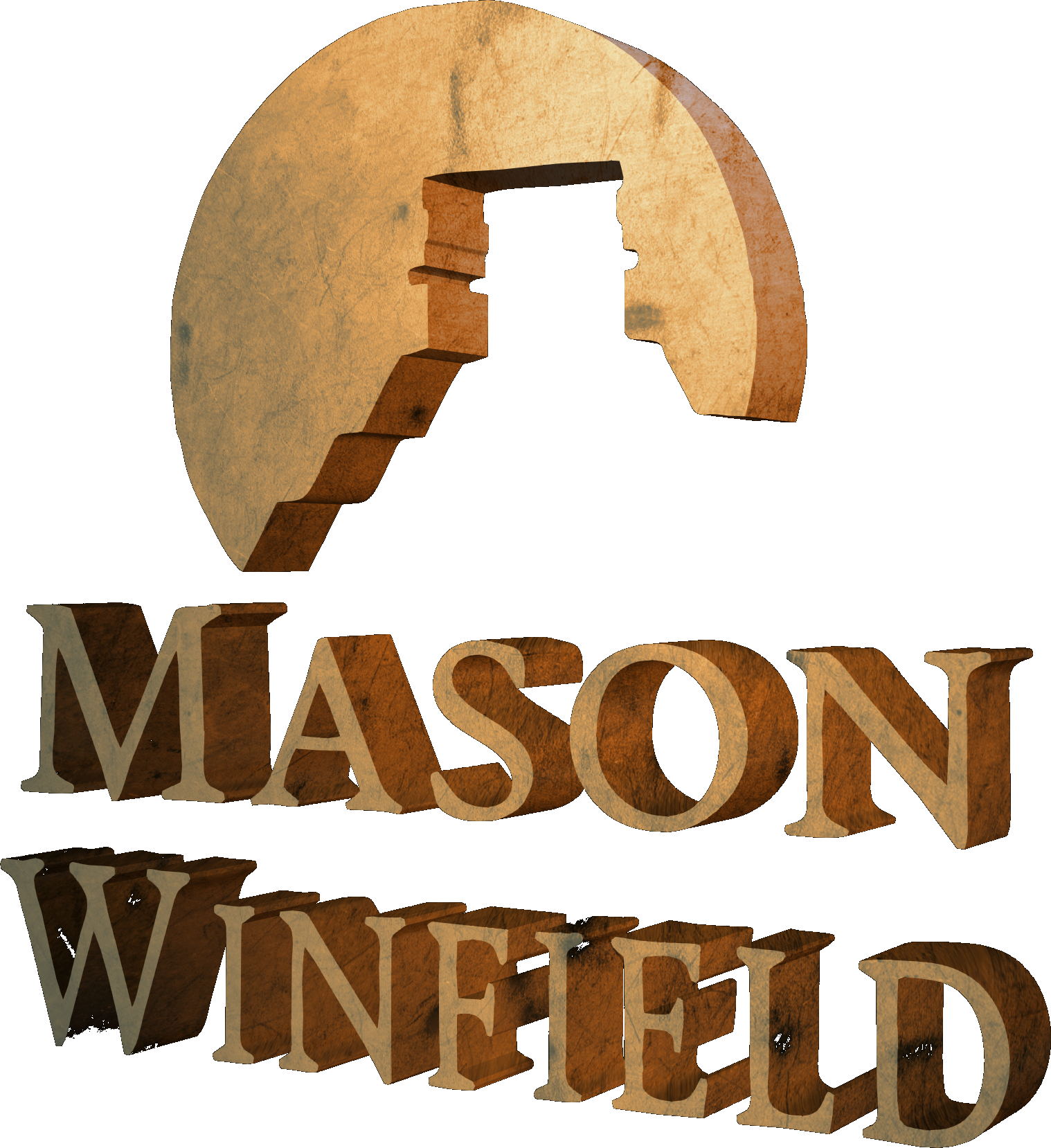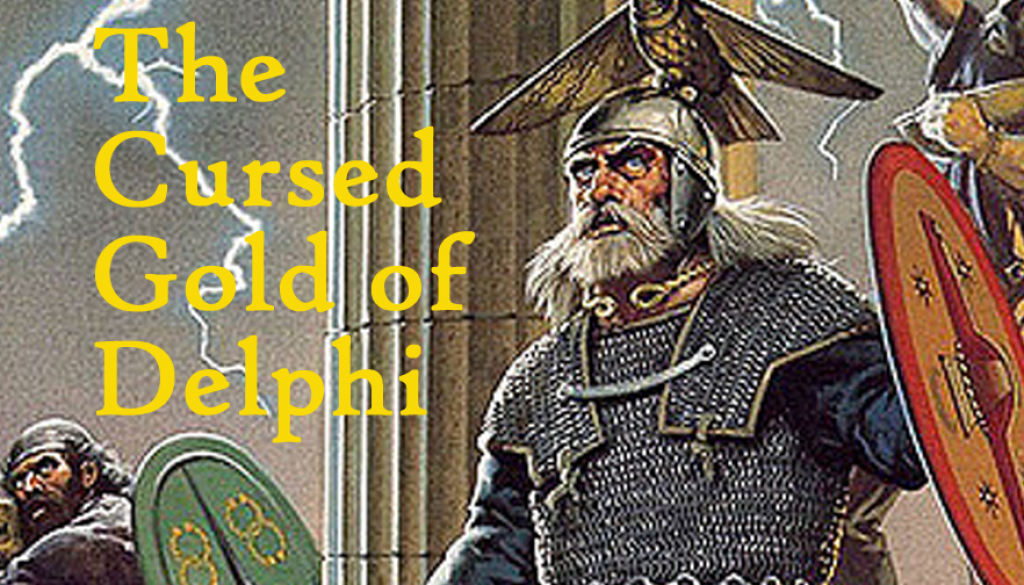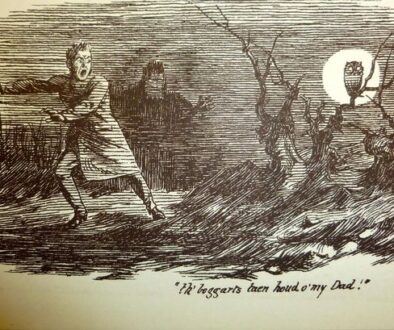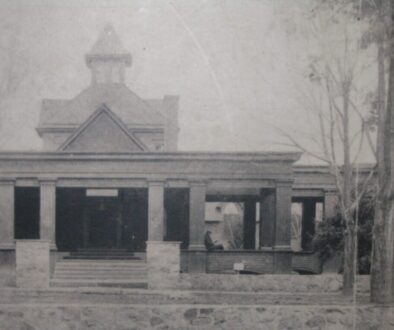The Cursed Gold of Delphi
The recent passing of Lughnasadh (July 31/August 1) has set a couple of reflections into me. Most of you are probably wondering, though, what Lughnasadh may be.
The Celtic holiday called under various spellings Lughnasadh was dedicated to the harvest’s first fruits. Usually pronounced, “Loo-NA-sa,” the word means, “Lugh’s gathering/assembly.” Traditionally held on the eve of July 31 and the day of August 1, Lughnasa is devoted to the Gaelic solar god Lugh, whose name is usually said simply “Loo,” or (for specialists) like “Luke,” ending with a very faint and gutteral -K. (Lugh’s name is pretty cognate to the Latin lux, meaning “light.”) Its Saxon re-adaptation, Lammas – probably, “Loaf-mass” – was a partially Christianized commemoration of the first of the grains.
Lugnasadh is one of the four major Celtic festivals, including Halloween/All Souls’ Night/Samhain; May Eve/Beltain; and the today-obscure St. Bridget’s Eve/Candlemas/Imbolg (usually held the eve of January 31). All of them are opportunities for inner growth and reflection, though the only one that makes any impression on Americans is Halloween, which most people take for a month-long excuse to be riotous.
Perhaps as a testimony to the subtlety of the Celtic mind, these four holidays are ambiguous. They aren’t solstices or equinoxes like many of the world’s classic holidays. (Christmas, FYI, is a Winter Solstice event. Easter is a lunar and Vernal Equinox celebration.) That would be too obvious. The major Celtic fests fall between the solstices and equinoxes. They are cross-quarter days.
Lughnasa may be the youngest of the four Celtic seasonal festivals, and the only one with a traceable historic event behind it. I remember reading in a book I can no longer find – possibly Gods and Heroes of the Celts by the French Celtic scholar Marie-Louise Sjoestedt (1900-1940) – that Lughnasa may go back to around 300 BC and the invasion of Greece by Celtic warriors from Gaul, today’s France. I believe it was Sjoestedt who asserted that the festival to the energetic solar god may have been designed to honor the chieftain Brennus, who, with a large Celtic force, conquered and looted the Greek city Delphi, seat of the famous oracle, possibly on that day.
Word has it, too, that a large haul of Delphi’s gold made its way with Brennus’ buddies back to Gallia – Gaul, today’s France – and that it stayed together for centuries and cursed every one of its holders. The legend could have gotten started by the fact that the first to appear cursed was the army who stole it, Brennus’ wing of the expedition. Things didn’t go so well, in fact, for any of the Gallic incursions. The curse on the gold extended to the region, Toulouse; to successive Celtic owners; and even to the Roman generals who took it over. (Check out Quintus Servilius Caepio.)
All this talk about cursed gold and Lugnasadh reminds me of another Lugnasadh Eve, July 31, 1998, the night on which I met the Seneca storyteller and culture-preserver DuWayne “Duce” Bowen, exactly twenty years in the past. It was only months after the publication of my first book Shadows of the Western Door, a book that had quoted Duce Bowen heavily based on a couple of Buffalo News articles by writer/photographer Ben Fanning. When I heard that the old Seneca was telling stories and signing books at the Olean library, I drove on down the Olean Road, Route 16, and took my seat with a goodly crowd.
I’ve written about that night a number of times. I may do so again soon, since I am not through remarking on it. It ended with a dinner at an Olean Applebee’s with Duce Bowen, his family, and a couple of others. A communication and a friendship started between us, one that would last until the end of his life. He and a bunch of his Seneca buddies took me out to a legendary haunted trail, Witches’ Walk, on an October night in 2005, and I won’t forget that for a long time.
I think the reason I bring this up at this point is because I thought of it on Lughnasa Eve last week and realized that it been a cool twenty years since the night I met the powerful old Seneca. I think of the night in connection with Delphi’s cursed gold because that was when I heard DuWayne Bowen tell a tale of his own about a cursed hoard: “The Gold of Ga’Hai Hill.”
Ga’Hai – GUH-high, “Witch Light” – Hill is the legend-mountain to the Allegany Seneca. It’s right out there in open sight of the I-86 about six miles southwest of Salamanca, and it’s a spot at which no Seneca driver wants to break down. They call it what they do because its most conspicuous folkloric feature is the Witch Lights, the head-sized light-globes, still reported on it. But the hill is significant in almost every aspect of Seneca supernaturalism: ghosts, witches, shapeshifters, mystery-animals, and even the legendary Little People.
DuWayne Bowen’s tale “The Gold of Ga’Hai Hill” is another story about stolen gold, this one from the Civil War era. Apparently some Union soldiers jumped a train carrying a treasure in Confederate gold. They took a heavy lunch-bag of their own which they hid somewhere on this hill. As with Brennus’ Celts, things didn’t go well for them. At least some of the lights seen on Ga’Hai Hill are attributed to the soldiers’ after-life essences, still on the hunt for their gold if not their honor.
Forgive me if this appears to be a disorganized reflection. Not everything I write has to be perfect, and it’s important to try to reach out to you all more often. I hope you have powerful reflections during the last month of the summer. Don’t let the cycle pass you by without some moment of revelation.
© Mason Winfield 2018




